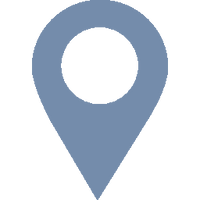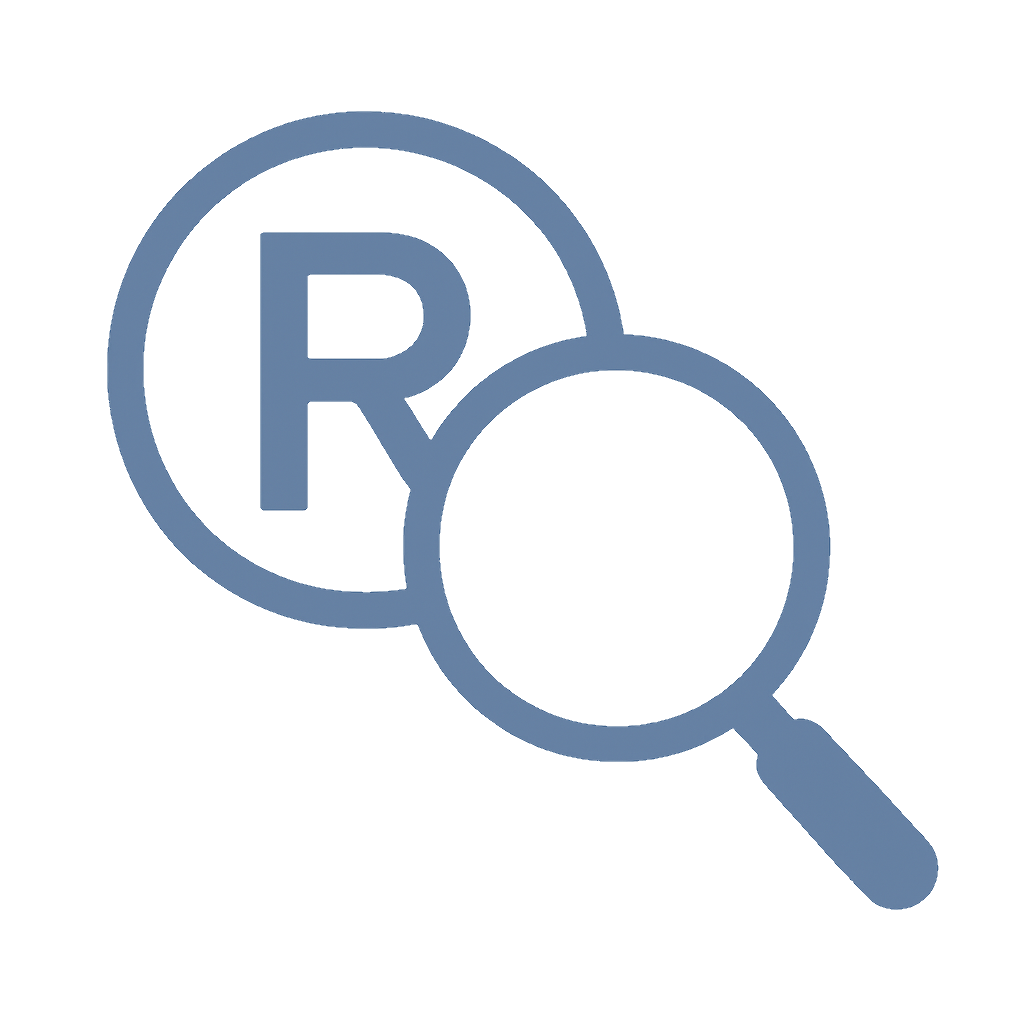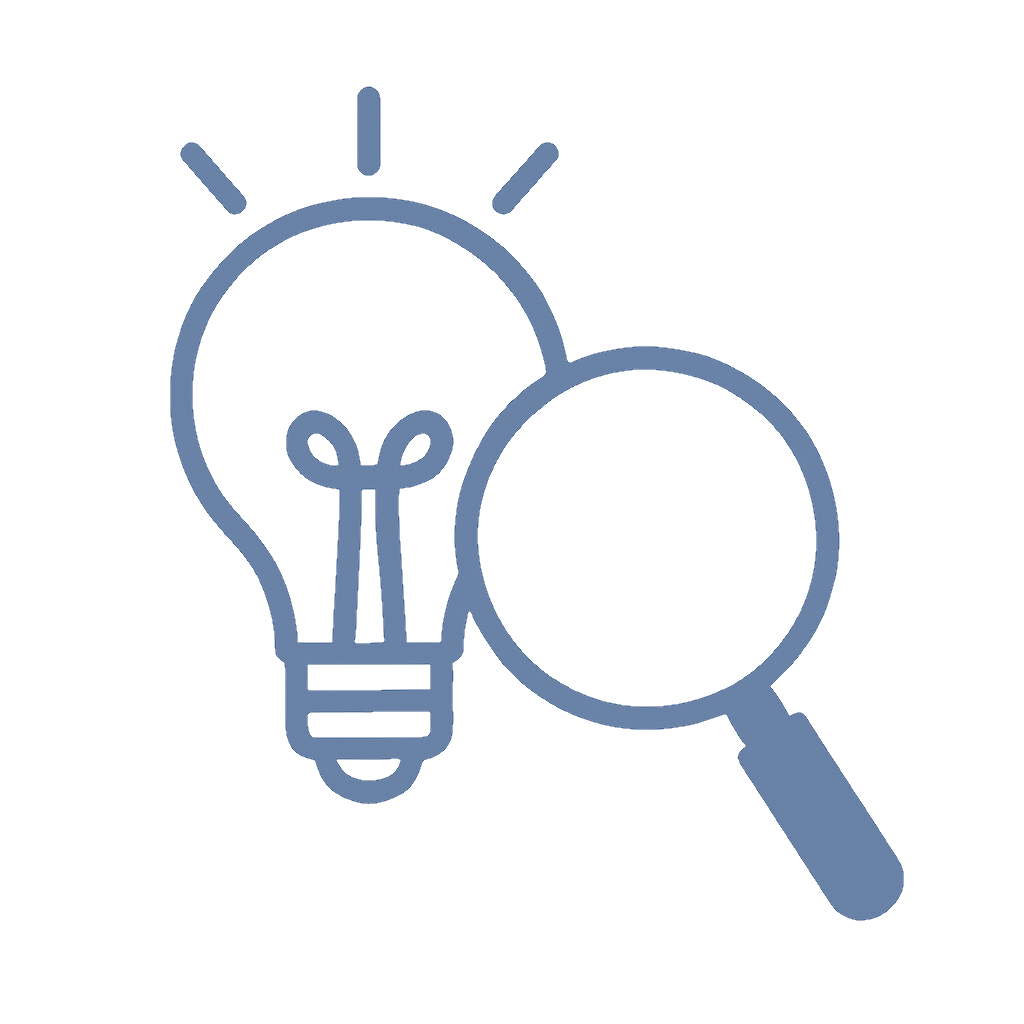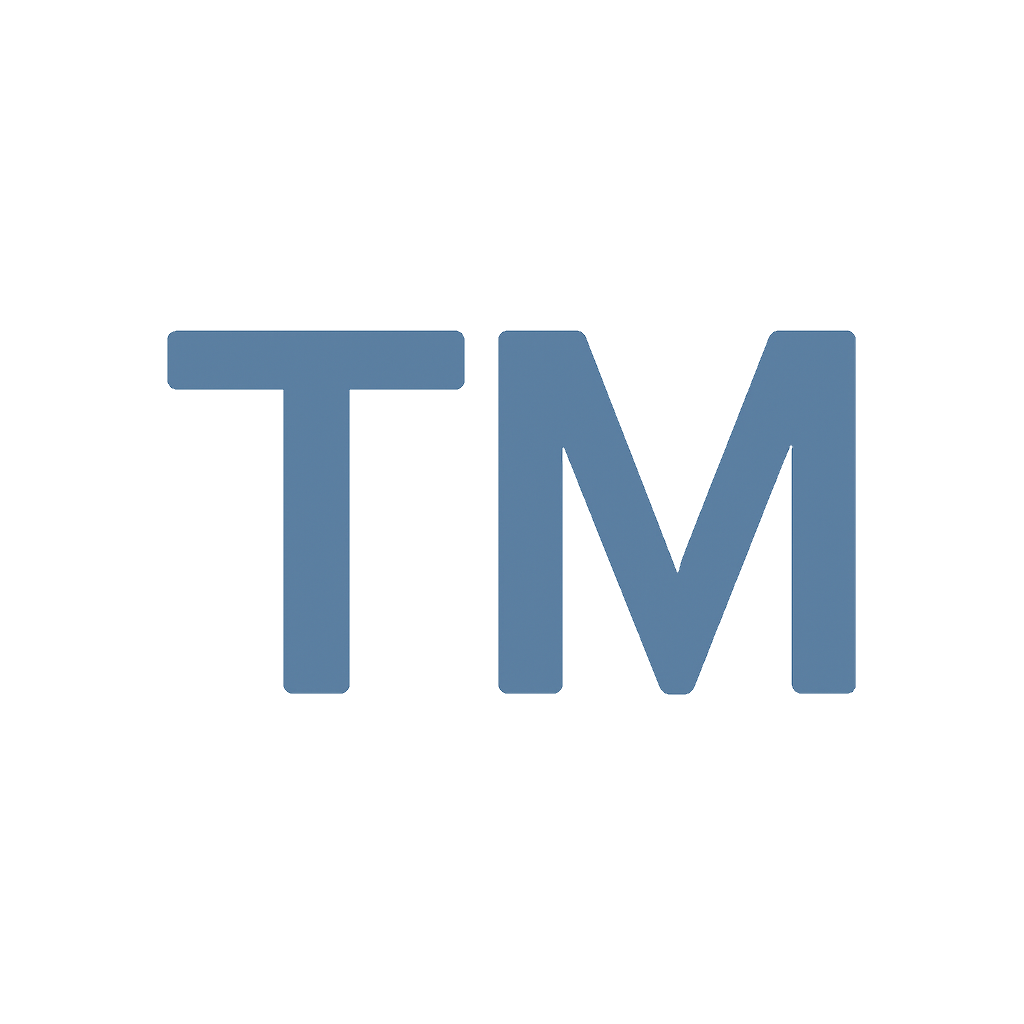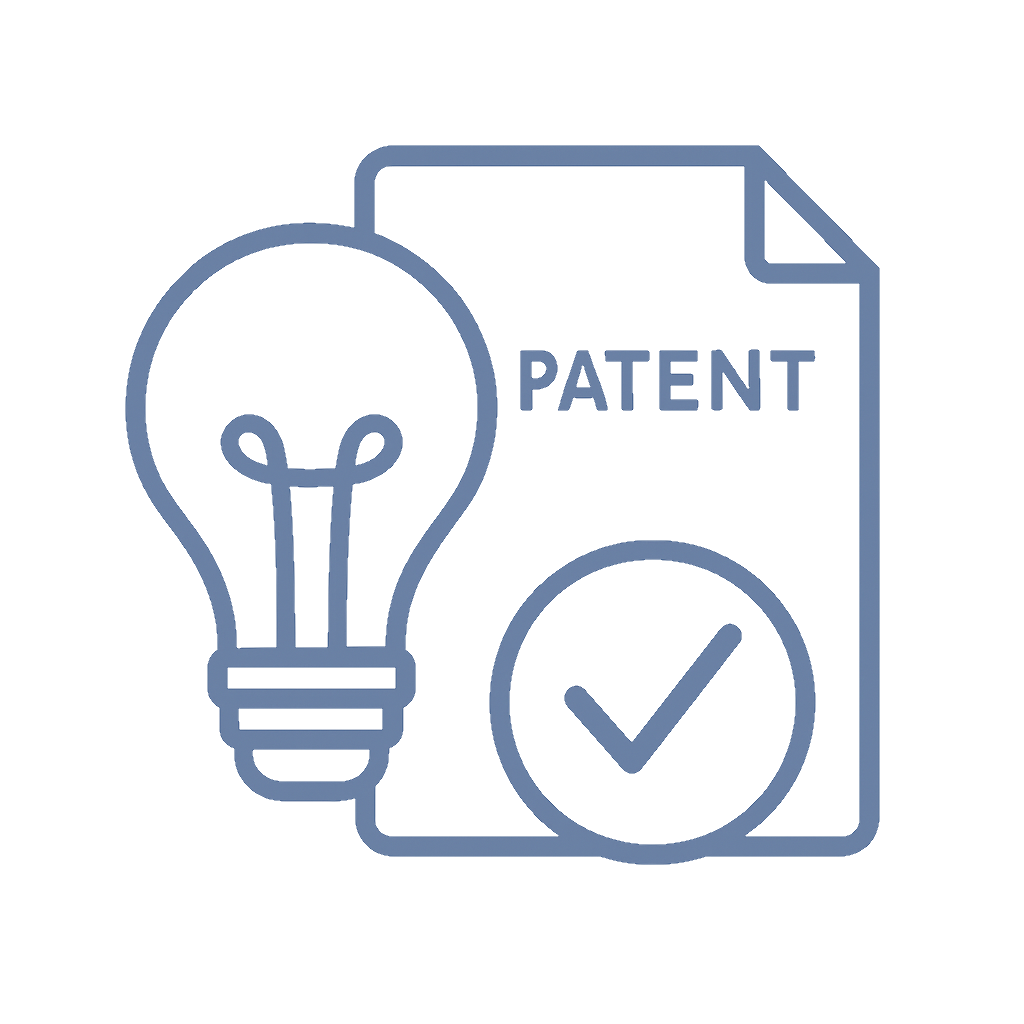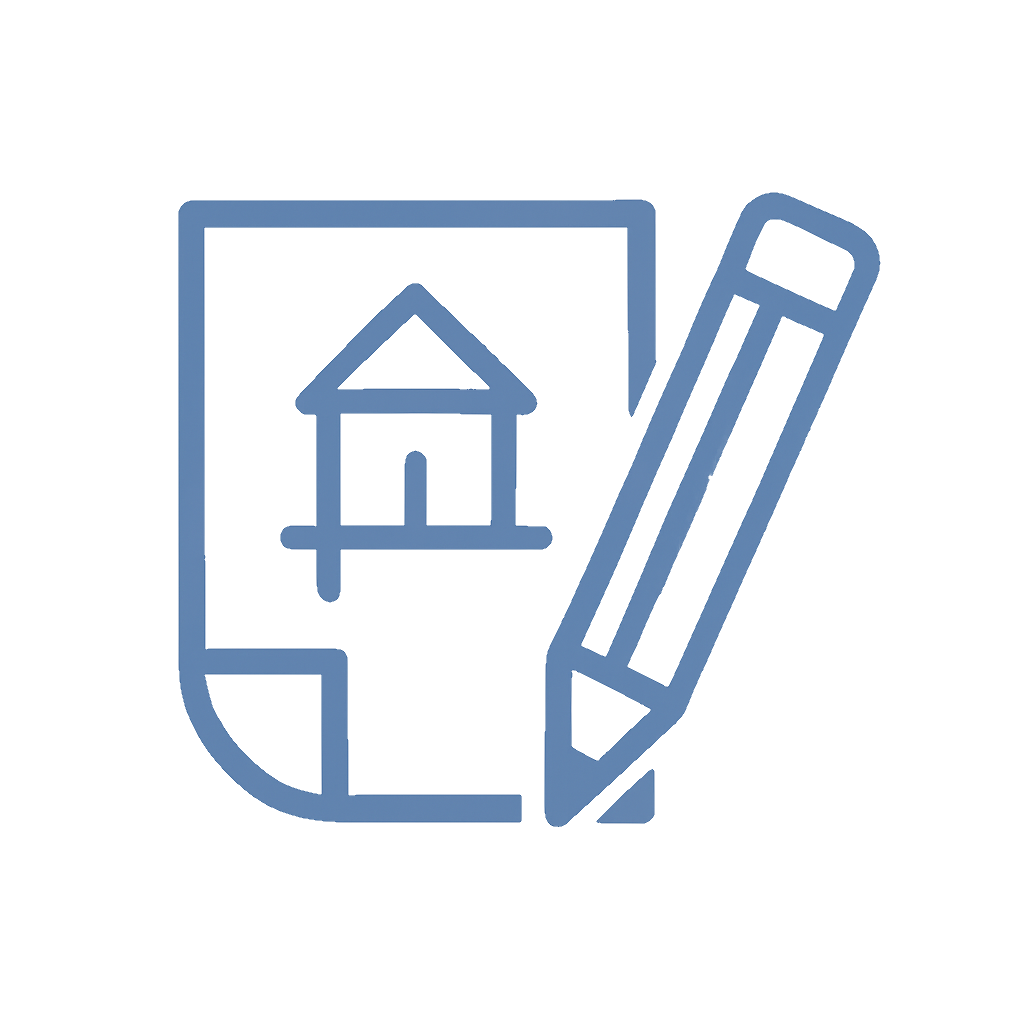Quick Overview
In the U.S., patents grant inventors the exclusive rights to their innovations, but software patent eligibility can be tricky. While it’s possible to patent software, the application must meet stringent requirements—adding functionality beyond an “abstract idea.” This guide dives into what makes software patentable, the nuances in the legal landscape, and how businesses can navigate this challenging yet rewarding process.

Common Questions & Answers
Q: Can software actually be patented in the U.S.?
A: Yes, but it must solve a technical problem in a novel way, not simply implement abstract ideas or basic algorithms.
Q: What makes software patent-eligible?
A: Software must demonstrate a unique, technical solution to a specific problem.
Q: How does a software patent differ from copyright?
A: Copyright protects the code's actual text, while a patent protects the software’s underlying functionality.
Q: Why are software patents controversial?
A: Opponents argue they stifle innovation, while proponents believe they secure investments and encourage R&D.
![]()
Step-by-Step Guide to Patenting Software
-
Assess Innovation
Ensure your software improves existing technology in a distinctive way—examiners look for "novelty." -
Check for Prior Art
Search for similar inventions in public records to prevent overlap and build a stronger application. -
Draft a Detailed Patent Application
Work with a patent attorney to detail the software’s unique elements and technical functions. -
File with the USPTO
Submit your application to the U.S. Patent and Trademark Office (USPTO), where software patents face a detailed review. -
Respond to USPTO Office Actions
Address any questions from the USPTO during review to strengthen your case. -
Await Approval
If successful, your patent will grant you exclusive rights for up to 20 years.
Historical Context
The journey to patenting software has been influenced by landmark cases that shifted how courts and examiners approach digital innovation:
-
Diamond v. Diehr (1981): This pivotal case marked the beginning of software patents. The U.S. Supreme Court ruled that software could be patented if integrated with a physical process, opening the door for software patents in limited contexts.
-
Bilski v. Kappos (2010): This case tightened patent eligibility by ruling that abstract ideas alone were insufficient for patents, emphasizing that only software with a practical application could qualify.
-
Alice Corp. v. CLS Bank International (2014): The Alice ruling imposed stricter limits on software patents, stating that abstract ideas combined with "generic" computer implementation were not patentable. This decision has become a critical reference, pushing applicants to show real technical innovation in software.
These cases have shaped the complex framework U.S. companies navigate today, where software patents are granted only if they meet strict criteria.

Business Competition Examples
-
Apple Inc.
Apple has built a robust portfolio of software patents to protect its product interfaces and unique operating system functions. One notable example is its “Slide to Unlock” patent, which set a standard for smartphone interfaces and protected Apple from imitation by competitors. Apple’s strategy illustrates how software patents can guard design innovation and user experience. -
IBM
IBM holds one of the largest patent portfolios in the world, covering software innovations in AI, cloud computing, and data management. IBM’s patents, such as those for advanced data processing algorithms, secure its position as a leader in enterprise software. This extensive patent protection allows IBM to license technology to others, creating a steady revenue stream while maintaining a competitive edge. -
Netflix
Netflix has patented several algorithms behind its recommendation engine. These patents secure Netflix’s content personalization strategies, helping the company maintain market leadership in the streaming industry. Netflix’s software patents illustrate the role of intellectual property in digital innovation, allowing Netflix to develop proprietary technology that sets it apart.

Discussion
The software patent landscape in the U.S. is complex, and the Alice decision has intensified scrutiny. Businesses today face a dilemma: patents can protect their inventions and potentially offer a competitive advantage, but they come at a cost. Some companies find the patent process discouragingly expensive and time-consuming, especially given the high rejection rates for software patents post-Alice. However, patents can be crucial assets, especially for startups seeking investment or planning to license their technology.
Open-source advocates, on the other hand, argue that patents stifle innovation by preventing developers from building on existing ideas. Businesses must carefully weigh the benefits of patent protection against the potential limits it could place on collaboration, especially in fast-evolving fields like software and AI.
![]()
The Debate
Side 1: Pro-Patent for Software
Proponents argue that patents are essential to protect investments in research and development. By securing exclusive rights, companies can prevent competitors from copying their ideas, making it easier to attract investors and recoup development costs. Patents can also be valuable in mergers or acquisitions, serving as intellectual assets that increase a company's valuation.
Side 2: Anti-Patent for Software
Opponents believe software patents hinder innovation by preventing open-source sharing and collaborative development. They argue that ideas should be freely available, especially in software, where incremental improvements often build on each other. Critics also point out that the high cost of obtaining and defending patents can discourage smaller companies from innovating, creating an uneven playing field.

Takeaways
-
Patent Eligibility Requires Novelty
For a software patent to be successful, it must offer a truly unique solution. The U.S. patent system emphasizes innovation, so applications need to show a specific technical advance over existing technology. Innovators should ensure they understand what makes their software patent-worthy, as applications based on abstract ideas are frequently rejected. -
Prior Art Research Saves Time and Resources
Conducting thorough research on “prior art” helps ensure your application has a solid chance of approval. Prior art refers to existing patents, products, and even similar functionalities already in the public domain. Knowing what’s been patented helps you position your software uniquely and avoid overlapping claims, reducing the chances of rejection. -
Patent Applications Are Complex
A software patent application must be thorough and technically detailed, usually requiring several rounds of review by the USPTO. Each submission demands technical clarity and legal precision to differentiate it from other inventions. Working with an attorney who specializes in software IP is recommended, as their expertise can significantly increase success rates. -
Weigh Patent Benefits Against Costs
Patents are strategic assets, but they require substantial financial and time investments. For some businesses, trade secrets, copyrights, or being first-to-market might provide comparable benefits without the complexities and costs of patenting.

Potential Business Hazards
-
Patent Trolls
Patent trolls—companies that acquire patents only to file lawsuits—are a risk in software. They often hold patents solely to sue companies and demand settlements, without producing any innovation themselves. Software patents can attract patent trolls, creating legal battles that drain resources and potentially disrupt operations. Companies should weigh the risks of trolling in their IP strategies. -
High Costs of Patenting
The financial burden of securing a patent is significant, especially for small and medium-sized companies. Drafting a patent requires legal expertise, with costs increasing if revisions or appeals are needed. Additionally, enforcing a patent in court, if infringed upon, can lead to costly litigation. Businesses should consider if patents align with their goals or if alternative IP protections are more practical. -
Lengthy Approval Process
Software patent applications face rigorous examination, which can take years, especially post-Alice. Each round of review requires technical explanations to demonstrate innovation beyond abstract concepts. For businesses in fast-moving industries, this delay can reduce the patent's commercial relevance, as technology may outpace the patenting process. Companies should evaluate if the lengthy timeline aligns with their strategic priorities.

Myths and Misconceptions
-
“All Software Can Be Patented”
Contrary to popular belief, not all software is patentable. The software must demonstrate a technical innovation rather than an abstract idea. Simple algorithms or data processing methods are often ineligible. -
“Copyright Protects Software Functionality”
Copyright only covers the specific text of the code, not its underlying processes or functionality. To protect the process, a patent is required, as copyright alone doesn’t prevent others from using similar functional ideas. -
“Patents Equal Guaranteed Success”
A patent grants exclusion rights, not a guarantee of success. Market dominance depends on a variety of factors, including demand and business strategy. Patents are one piece of a broader business approach, not a sole determinant of market success.

Book & Podcast Recommendations
-
Book: Software Patents: A Practical Perspective by Gregory Aharonian
Covers key strategies for patenting software, along with challenges and tips on navigating the U.S. patent landscape. -
Podcast: Patently Obvious
Focused on intellectual property, this podcast features episodes on software patents and recent legal changes. -
Book: Patent It Yourself by David Pressman
A thorough guide that, while broader, offers specific advice on the software patenting process.

Legal Cases
-
Diamond v. Diehr (1981)
Established that software tied to physical processes could be patentable, setting a precedent for software patents. -
Alice Corp. v. CLS Bank International (2014)
This ruling refined eligibility requirements, impacting software patents by restricting patents on abstract ideas without a technical implementation. -
Bilski v. Kappos (2010)
Further limited software patents by excluding abstract ideas, reinforcing the need for practical applications in patent eligibility.
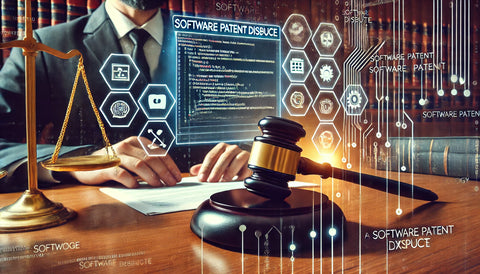
Share Your Expertise
Has your company tackled software patenting? Share your insights and experiences in the comments!
![]()
Wrap Up
Software patenting in the U.S. is a nuanced journey, full of opportunities and challenges. From understanding eligibility requirements to facing potential business hazards, companies have to carefully navigate each step. While patents can offer valuable protection, businesses should also consider the potential downsides and make IP decisions that best support their long-term goals.


